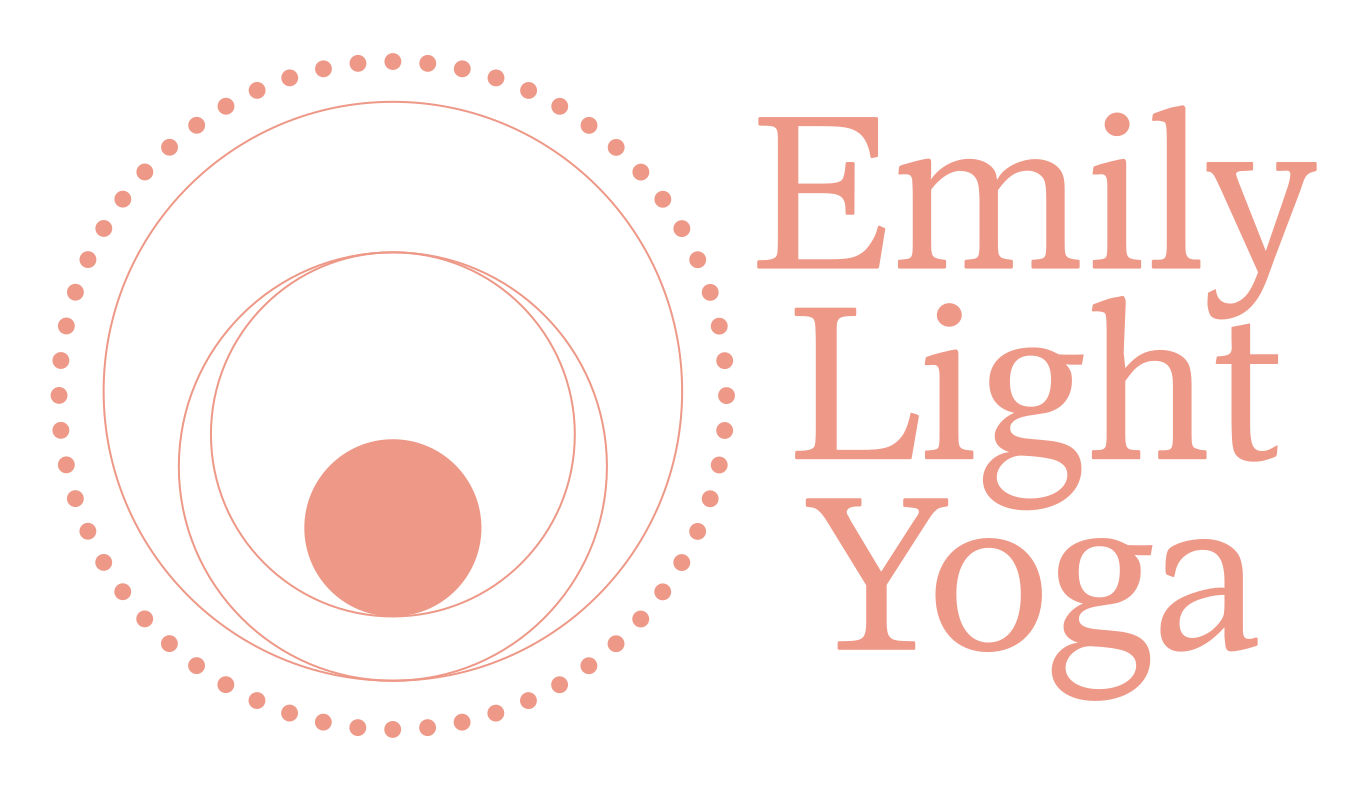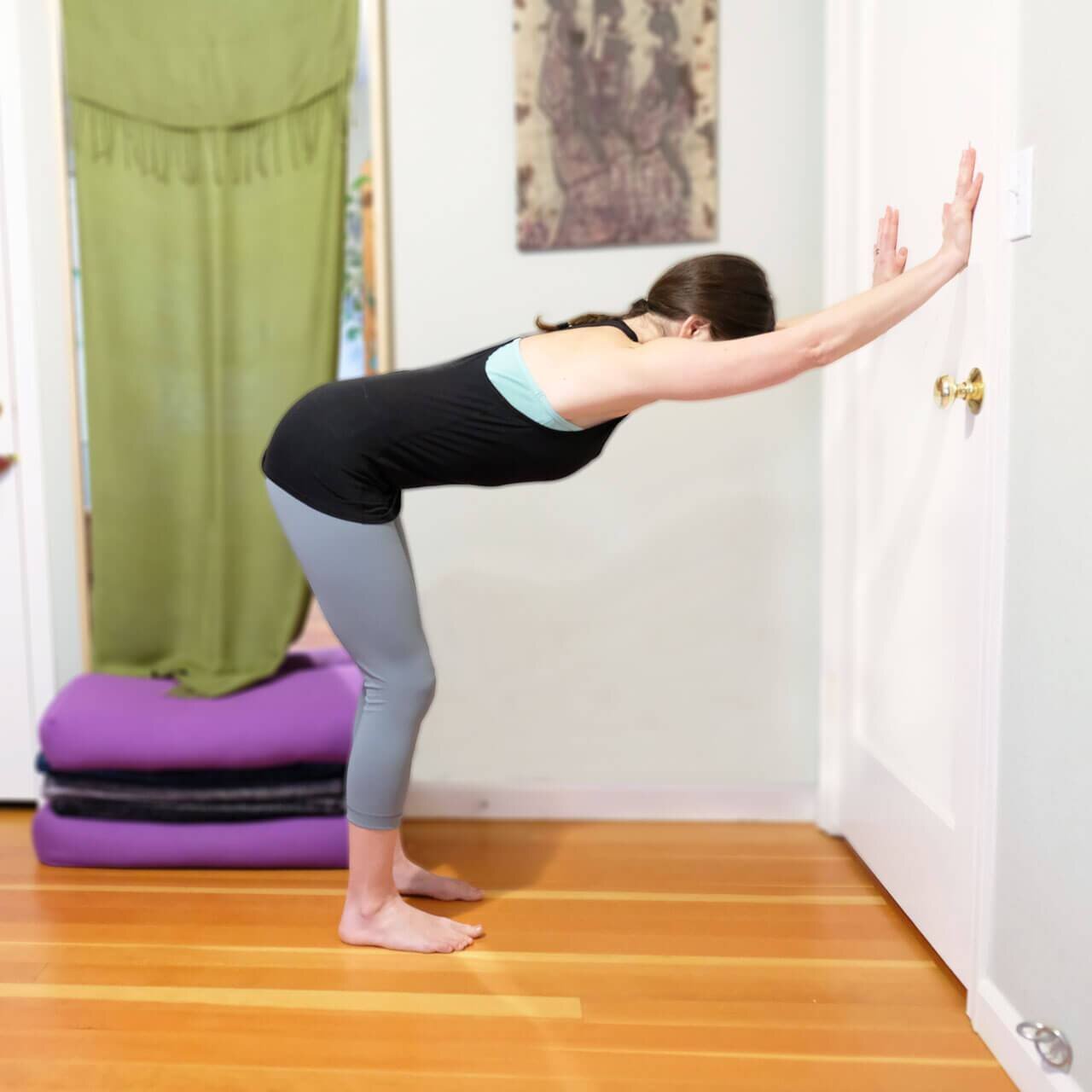Root and Nourish: Practices to Calm and Soothe Vata
Here we are… there are no shortage of challenging circumstances to navigate and process right now. Vata season has arrived (for my northern hemisphere friends), and even in a non-pandemic, election, crazy-town year, this seasonal shift can result in feelings of anxiety, anger, insomnia and overwhelm.
Vata is one of the three Ayurvedic constitutional types/doshas, with pitta and kapha making up the other two. We all have a unique mix of these three doshas. Our dosha is like our blueprint, and doesn’t change throughout our life, however, lots of factors influence our dosha balance and how it expresses, including diet and lifestyle, our age, the time of day, and the time of year.
As the fire of pitta season cools and the wind picks up, the vata dosha steps into the limelight, and is the dominant dosha until about mid-winter. When vata is in balance there’s inspiration, lots of creativity, quick thinking, expansive energy, and ready flexibility.
Whether there's a lot of vata in your dosha mix, or just a little bit, during this time of year we all have the opportunity to attune to and celebrate these qualities of the vata dosha. We also all have the tendency to go out of balance in vata ways more easily.
Vata is made of the elements Air and Ether and is the energy of motion. Vata governs all motion – the movement of your arm, the beating of your heart, the transmission of nerve impulses, the flow of prana. When there’s too much motion, we find ourselves distracted, ungrounded and moving too fast. There can be muscle twitches, spasms and tremors, worry, anxiety and insomnia.
Let’s ground our vata together. Here are some ideas for your practice:
Postures to Mobilize the Respiratory Diaphragm
Grab the seat or back legs of your chair to stabilize your shoulders down and promote deep diaphragmatic breaths
Wall Dog - Bend your knees enough to elongate your spine and reach your sit bones away from the wall
Crocodile - you may place a rolled blanket or towel underneath your shoulders to lift and lengthen your neck, or a folded blanket under your abdomen for low back support
Breath: Profoundly relax abdomen; Slow and deepen; Elongate Exhalation; Pressure Chamber Breath; Chandra Bhedana; Left nostril breath
Postures: Intention of Sweetness and Ease/Sukkha, Soothing and Calming; Longer holds of postures; Forward Folds; Restorative; use lots of props including weighted props like a blanket, warm water bottle, or sandbag
Other tools: Downward Flow of prana/Apana Vayu practices; lowered gaze point/dristhi; Lower pitch and slower pace of chanting; Therapeutic shaking/bouncing practices; Chakras: root, sacral, navel; Elements: Earth, Water, Fire
I’ve been creating vata soothing sequences for all of my online public classes, and personalized ones for my yoga therapy clients, and will continue to do so as the season evolves. If you’d like support in calming your nervous system, soothing your heart, and quieting your mind, join me.
Email me to set up your yoga therapy appointment.
Root Into Your Life
Happy Fall!
Last week I began teaching a new series in my classes, which we'll explore over the next 4-6 weeks. Some of you aren't able to partake in my public classes, so I thought I'd share what we're working on here, in case you'd like to incorporate it into your own practice. For those of you who are able to join class, this will be a refresher and will hopefully provide more information and support for your home practice.
You all know how I love weaving the wisdom of Ayurveda into my teaching. Part of this series is rooted in exploring the Ayurvedic constitutional type, or dosha, called vata, and how we can adapt our practice to align with the current, vata season. Another part of this series is focused on a peak pose that I feel both balances and celebrates the vata dosha – Standing Hand to Big Toe pose / Utthita Hasta Padangusthasana. This article will explore the vata dosha and practice recommendations, and next month I'll include some key conditioning and alignment principles for Standing Hand to Big Toe pose.
Vata is one of the three Ayurvedic doshas, with pitta and kapha making up the other two. We all have a unique mix of the three doshas. Our dosha is like our blueprint, and is thought to be determined at conception. While our original blueprint doesn't change, lots of factors influence our dosha balance, including diet and lifestyle, our age, the time of day, and the time of year.
The vata dosha is dominant from fall through mid-winter (so here we are!). Vata is made of the elements air (vayu) and ether (akasha), the two lightest elements of the five. This lightness creates the expansive quality of the vata dosha. Those who have a lot of vata in their constitution are quick thinking, with boundless inspiration and creativity. Vata is associated with the energy of motion, which includes moving our physical body, the circulation of blood, lymph and other fluids, as well as movement in the realm of nerve impulses. Whether there's a lot of vata in your dosha, or just a little bit, we all have the tendency to go out of balance in vata excess ways more easily during this time of year.
When there’s too much motion, we can find ourselves distracted, ungrounded and moving too fast… disconnected from our body and earth. There may be anxiety, insomnia, forgetfulness and poor memory. With too much movement we can experience rapid heartbeat and respiration, twitches and tremors. The main symptom of excess vata is pain. Slowing down our yoga practice, and incorporating tools that promote the downward flow of prana (apana vayu), rooting us into our bodies and into earth, can help calm and nourish the vata dosha.
Here are some simple tools to support vata:
Slow and lengthen the exhalation part of the breath cycle.
Practice L nostril breath and Chandra Bhedana.
Take a lowered gaze point (dristhi).
“Going to the Bones” mindfulness tool: feel the bones of your body and where they’re connected with your mat, your props, the wall or the floor. Sense the steadiness of floor, and the quietude of earth. Sense that same steadiness in you.
In asana practice incorporate more forward folds, standing balance postures with an emphasis on rooting down into earth, as well as restorative and yin yoga.
During the colder portions of the year, it’s helpful to create heat in our practice, and in vata season, heat coupled with grounding, so as to not overstimulate the nervous system.
Vata season reminds us to slow down, root into earth, and turn our attention inward, just as the plants and animals all around us are doing. Nature provides us with such wise guidance, when we pay attention.
Root Down for the Fall
We celebrated the Autumn equinox over a month ago, and, here in the Pacific NW, I think summer has finally fizzled-out. Summer seemed to last longer this year, but we now find ourselves crunching fallen leaves as we step, slightly shivering in a cool breeze, and craving the warmth and comfort of hot chai tea. Oh yes ... let’s not forget sweaters and all things cozy.
Greetings to the Fall season!
The Ayurvedic dosha that governs the energy of late fall and winter is vata. The word “vata” translates to “wind” and its constituents are air and ether. This dosha is responsible for elimination, movement, creativity and imagination. It’s the least stable (easiest to go out of balance) of all three doshas. When out of balance, we can experience anxiety, insomnia, and a sense of floating up in the clouds, or an inability to root ourselves or develop any sort of concrete routine in our lives. Additionally, there are a whole host of other symptoms, including poor digestion, dry skin/hair/nails, and joint pain, to name a few.Whether we have a good dose of vata in our unique constitution, or not, we are all more likely to go out of balance in these ways during vata season.We can modify our yoga practices, diet and lifestyle to honor each season. In our yoga practice, we can focus on postures and mindfulness tools that root us into our body, and into the earth.
POSTURES
SLOW it down ... hold postures for longer periods of time. Move slowly through the vinyasas, or skip them all together.
Focus on standing postures such as the Warrior poses, or balance postures such as Tree Pose and Half Moon.
Add more forward folds, in both standing postures and sitting postures.
Include poses that focus on the hips such as Garland/Squat, Bound Angle pose, One Legged Pigeon or Figure 4 pose.
Long savasanas and more restorative postures will support the integration of your practice, and will act as a soothing balm for your nervous system.
BREATHING
Make your exhales slightly longer than your inhales, to down-regulate a likely overstimulated mind or antsy body.
Diaphragmatic breath will invite calm, present awareness.
Chandra Bhedana will quiet the left hemisphere of the brain (sympathetic nervous system, reason, logic, to-do lists) and invite the right hemisphere of the brain to be more active (parasympathetic nervous system, present awareness, creativity, compassion, appreciation, and equanimity).
Experiment with incorporating some of these techniques into your daily routine and formal yoga practice, and let me know how it goes! I can sincerely say that my life has changed since I began living in alignment with the seasons. May you find balance and ease within appreciation for the rhythm of your body, and the season and your life.




